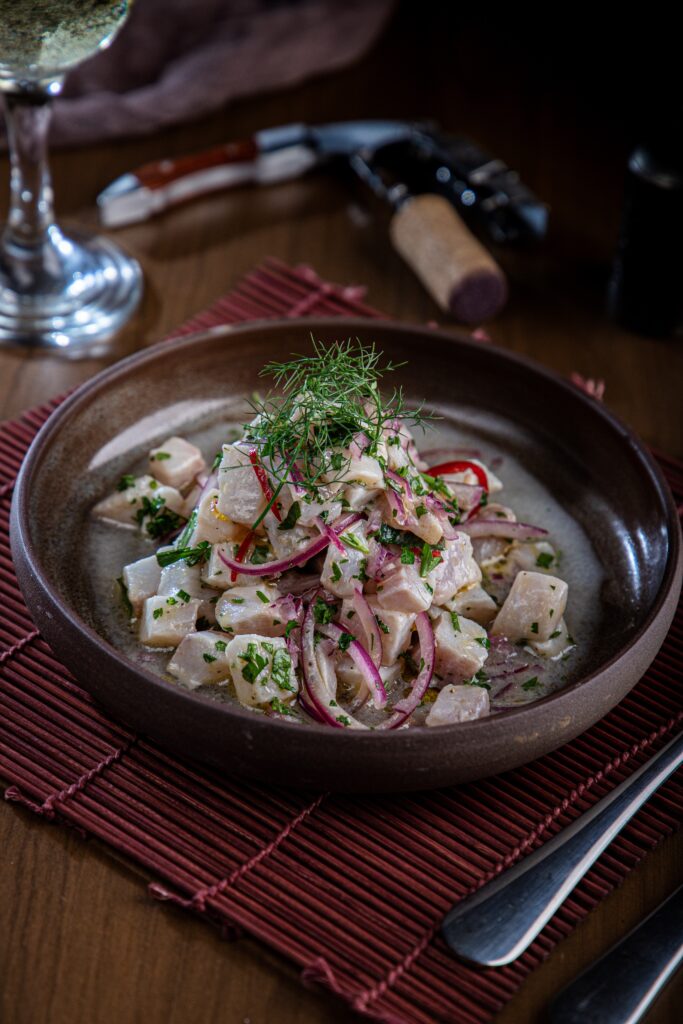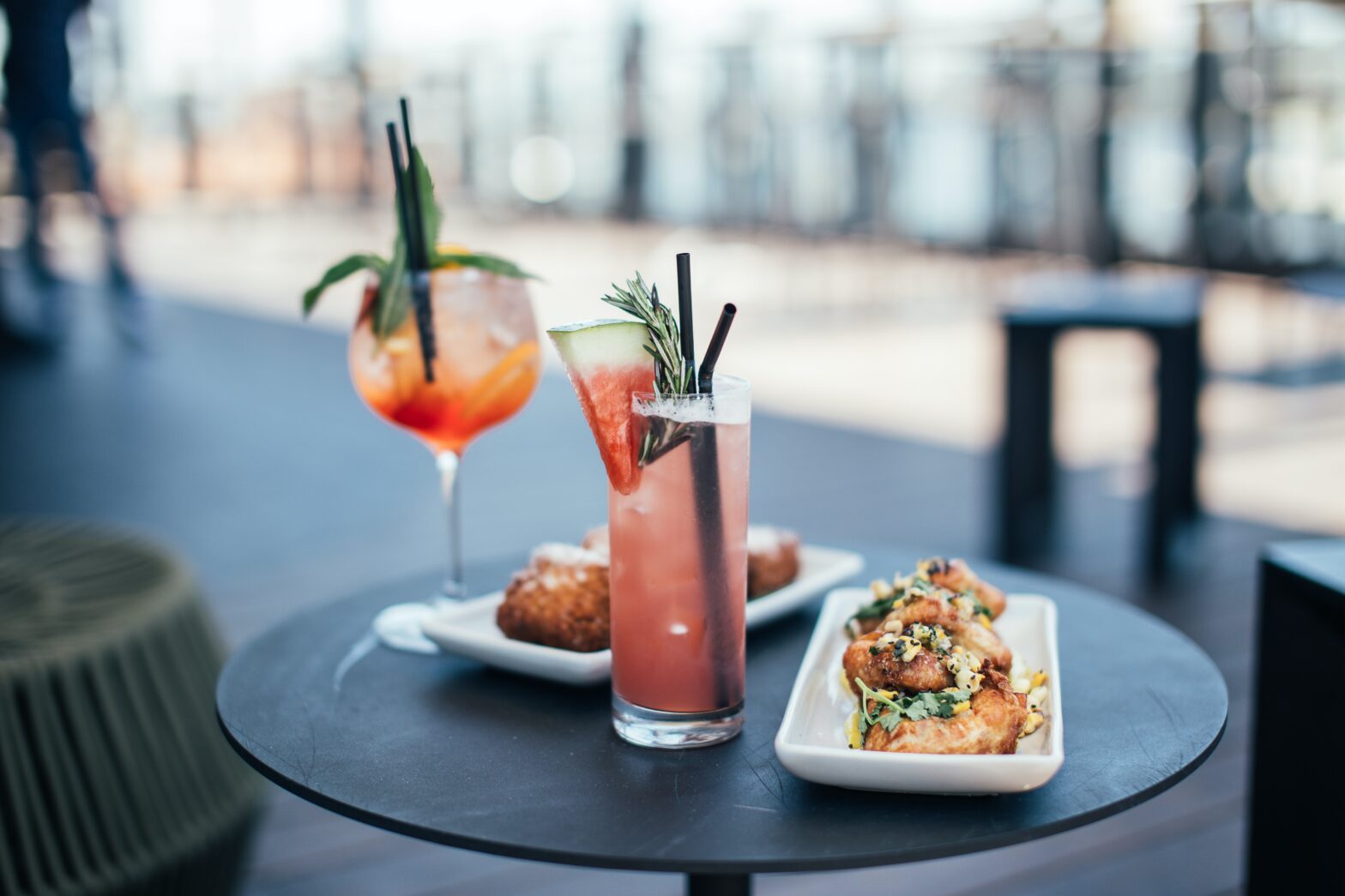Peruvian cuisine is one of the world’s most diverse and flavorful culinary traditions. It is a testament to the country’s rich history of cultural fusion. Rooted in ancient indigenous ingredients and techniques, Peruvian food has evolved over centuries. Its cuisine has absorbed influences from Spain, Africa, China, Japan and other regions. This combination resulted in a tantalizing blend of flavors. Its textures captivate the taste buds of food enthusiasts worldwide.
From the heights of the Andes to the shores of the Pacific Ocean, Peruvian cuisine tells a captivating story of cultural fusion through centuries. Its journey continues to evolve, tantalizing the palates of food lovers worldwide. As Peruvian cuisine gains global recognition, it remains a testament to the power of diversity. Its cultural exchange in the world of gastronomy offers a rich and flavorful experience that transcends borders and generations.
The Indigenous Foundation
Peruvian cuisine’s roots extend deep into the pre-Columbian era. The indigenous people of Peru used to cultivate an array of crops, such as potatoes, quinoa, corn and chili peppers. These ingredients were the backbone of their diet. They mastered innovative techniques, like freeze-drying potatoes, to ensure a year-round food supply.
One of the most iconic dishes from this period is ceviche, a preparation of fresh fish or seafood marinated in lime or bitter orange juice and seasoned with indigenous spices. Ceviche is a prime example of the Peruvian philosophy of combining raw ingredients with acidic marinades, a technique that was adapted by later generations.
Spanish Influence: Fusion Begins
The arrival of the Spanish conquistadors in the early 16th century marked a significant turning point in Peruvian cuisine. The Spaniards introduced ingredients, such as wheat, rice and livestock, and techniques, like frying and baking. These new elements intertwined with indigenous cooking methods to create dishes, like arroz con pollo and empanadas, which are staples in modern Peruvian cuisine.
African Influence: The Rise of Creole Cuisine
During the colonial period, African slaves brought to Peru contributed significantly to the fusion of flavors. They introduced ingredients, like plantains, yams and okra. They also introduced the art of slow-cooking stews and braising meats. This culinary cross-pollination gave rise to the famous Peruvian Creole cuisine. Dishes, like carapulcra, a spicy potato and pork stew, and tacu tacu, a savory bean and rice cake, are legacies of this African influence.
Asian Influence: Fusion Reaches New Heights
In the mid-19th century, Chinese and Japanese immigrants arrived in Peru, introducing ingredients, like soy sauce, ginger and rice vinegar. These Asian flavors quickly were integrated into Peruvian cuisine, giving birth to the popular lomo saltado, a stir-fry of beef, onions, tomatoes and soy sauce served with french fries and rice, and the mouthwatering causa, a layered potato dish with seafood or chicken.
Japanese-Peruvian Fusion: Nikkei Cuisine

One of the most celebrated aspects of Peruvian cuisine is the Nikkei cuisine, a fusion of Japanese and Peruvian flavors. Cebiche Nikkei, for example, combines fresh fish with the umami of soy sauce and the heat of Peruvian peppers, creating a delightful juxtaposition of textures and flavors.
Modern Peruvian Cuisine: A World of Flavors
Peruvian cuisine is a global sensation. Renowned chefs, like Gastón Acurio and Virgilio Martínez, have taken traditional dishes to new heights, blending indigenous ingredients with modern cooking techniques and international influences. Lima, the capital of Peru, has become a culinary mecca with numerous Michelin-starred restaurants, showcasing the country’s culinary prowess.
